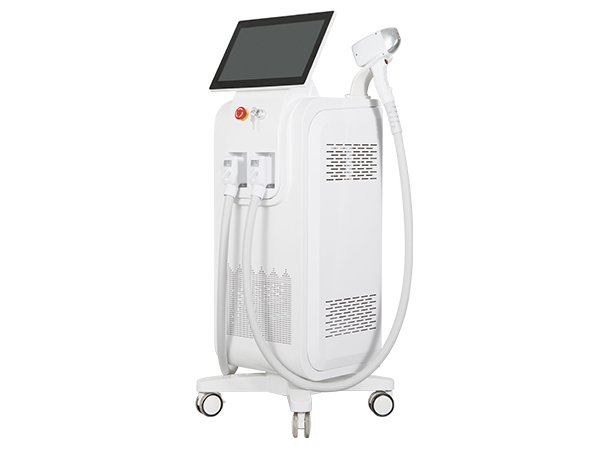A laser cleaner is a modern, eco-friendly device that uses focused laser beams to remove rust, paint, oil, oxide, and other surface contaminants from materials like metal, plastic, or stone. Unlike traditional cleaning methods that involve chemicals, abrasives, or water, a laser cleaner offers a non-contact, dry, and precise solution. This technology is increasingly being used in industries such as automotive, aerospace, shipbuilding, electronics, and restoration.
How a Laser Cleaner Works
Laser cleaning works through a process called laser ablation. Here’s how it functions:
-
Laser Emission: The device emits a high-energy pulsed laser beam.
-
Surface Impact: When the laser hits the contaminated surface, it rapidly heats the unwanted layer (such as rust or paint) without affecting the base material.
-
Vaporization or Disintegration: The contaminant absorbs the energy and either evaporates or breaks apart into fine particles.
-
Debris Removal: The waste material is often removed by a suction system or simply falls away, leaving the surface clean.
Because the laser beam can be precisely controlled, it removes only the unwanted layer without damaging the underlying surface.
Types of Laser Cleaners
-
Low-Power Lasers (20W–100W): Suitable for light cleaning tasks, such as delicate surfaces or fine art restoration.
-
Medium-Power Lasers (100W–300W): Common for general-purpose cleaning of rust, oxide, or paint in industrial settings.
-
High-Power Lasers (500W–2000W or more): Used in heavy-duty applications, such as cleaning ship hulls, large metal machinery, or production line tools.
Advantages of Laser Cleaning
-
Eco-Friendly: No chemicals, water, or secondary waste are used.
-
Non-Contact: The laser doesn’t physically touch the surface, so there’s no abrasion or damage.
-
Precise Control: You can focus on very small areas or large surfaces with adjustable intensity.
-
Low Maintenance: Laser systems are durable and require less frequent maintenance than mechanical cleaning tools.
-
Safe and Automated: With proper setup, laser cleaners can be operated remotely or with robotic arms for enhanced safety and efficiency.
Common Applications
-
Rust and Oxide Removal: Clean corroded metal surfaces without damaging the underlying material.
-
Paint Stripping: Remove paint or coatings before welding or repainting.
-
Weld Preparation and Cleaning: Clean metal surfaces before and after welding to ensure strong, clean welds.
-
Historical Restoration: Carefully remove dirt and grime from old statues, artifacts, or stone buildings.
-
Mold and Oil Removal: Clean molds used in plastic or rubber production without damaging them.
Considerations Before Buying
-
Power Requirement: Choose based on the type of material and level of contamination.
-
Portability: Handheld models are great for flexibility, while fixed systems are better for high-volume work.
-
Cost: Prices vary depending on power, brand, and features. While the initial investment is high, the long-term savings on consumables and labor can be substantial.
-
Safety Measures: Operators must wear protective gear, especially laser safety glasses, and follow safety protocols.
Conclusion
A laser cleaner is a smart, sustainable, and highly effective tool for industrial and surface cleaning. It offers precision, cleanliness, and durability without the downsides of traditional methods like sandblasting or chemical cleaning. As industries push toward more efficient and environmentally friendly solutions, laser cleaning is quickly becoming the future of surface preparation and maintenance.





